12 fascinating facts about Mount Kilimanjaro
Amazing facts about Mountain Kilimanjaro
Climbing Mount Kilimanjaro is an experience of a lifetime. This majestic peak is the highest mountain in Africa and one of the Seven Summits, the highest peaks on each continent. Climbing Kilimanjaro is not just a physical challenge, but also a mental one. Here, we present to you a comprehensive guide to the most interesting facts about Mount Kilimanjaro. We hope this will help you prepare for your climb and appreciate the magnificence of this natural wonder.
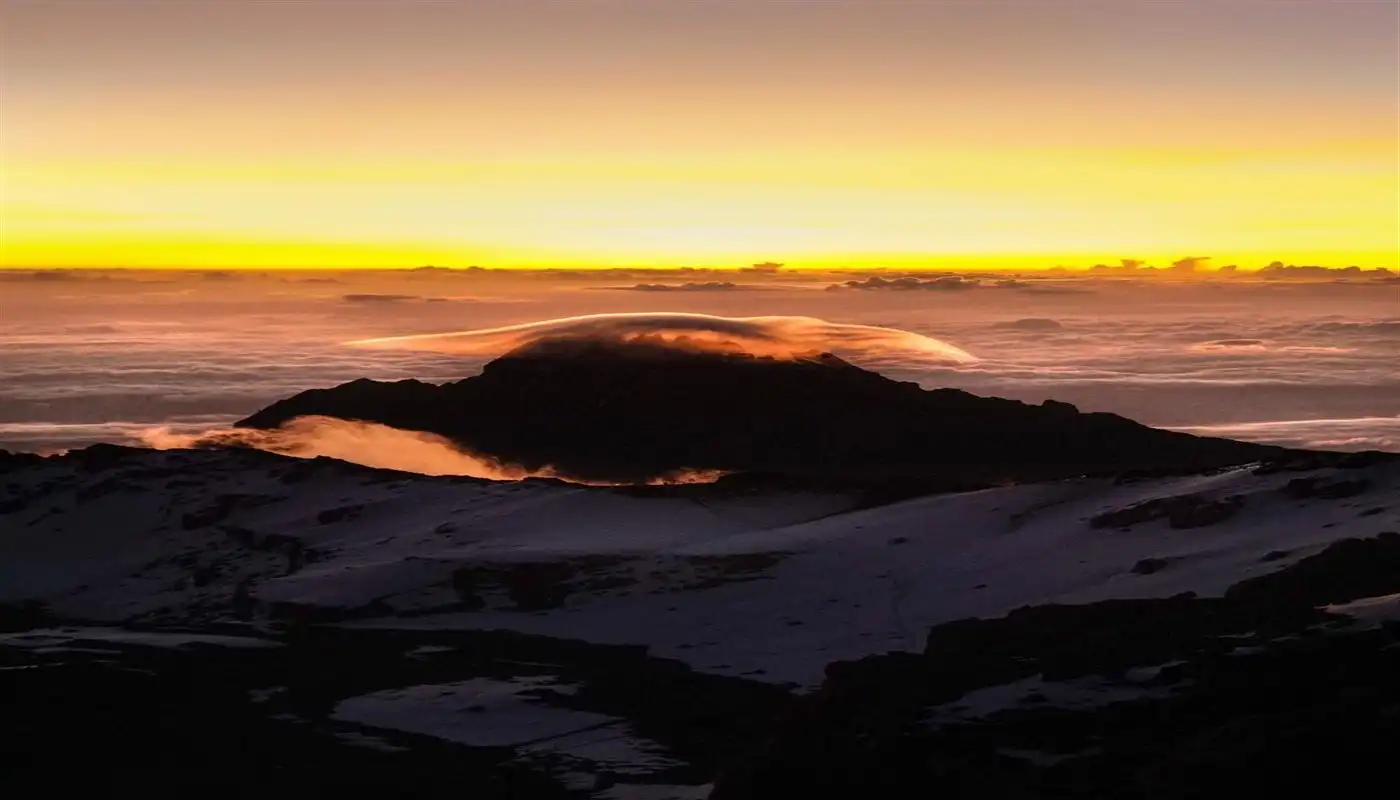
1. Kilimanjaro is located in Tanzania, a country in East Africa, and is part of the Kilimanjaro National Park, which is a UNESCO World Heritage Site.
2. The mountain has three distinct volcanic cones, known as Kibo, Mawenzi, and Shira. Kibo is the highest peak, standing at 5,895 meters (19,341 feet) above sea level.
3. Kilimanjaro is a dormant volcano, which means it hasn't erupted in over 360,000 years. However, scientists believe that there is still some volcanic activity deep beneath the surface.
4. Climbing Kilimanjaro is a popular activity, with around 50,000 people attempting the climb each year. Despite its popularity, the climb is challenging, with only around 65% of climbers successfully reaching the summit.
5. The best time to climb Kilimanjaro is during the dry season, which runs from July to October and from January to March. The weather is generally clear during this time, making it easier to climb.
6. Kilimanjaro is home to a variety of wildlife, including elephants, buffalos, and colobus monkeys. It is also a popular destination for birdwatchers, with over 180 species of birds living on the mountain.
7. The climb to the summit of Kilimanjaro is divided into several stages, with each stage taking around 5-7 hours. This allows climbers to acclimate to the high altitude and reduce the risk of altitude sickness.
8. The summit of Kilimanjaro is known as Uhuru Peak, which means "freedom" in Swahili. It is named in honor of Tanzania's independence from British colonial rule in 1961.
9. Kilimanjaro is surrounded by a diverse range of ecosystems, from lush rainforests to barren deserts. The different altitudes and climates provide a unique habitat for a wide range of plant and animal species.
10. The first recorded ascent of Kilimanjaro was in 1889 by German geographer Hans Meyer and Austrian mountaineer Ludwig Purtscheller. Today, the climb is regulated by the Tanzanian government to ensure the safety of climbers and the preservation of the mountain's natural beauty.
11. The cost of climbing Kilimanjaro varies depending on the route and the level of service provided. Climbers can choose from a range of routes, including the popular Marangu and Machame routes
12. Climbing Kilimanjaro is a challenging but rewarding experience that requires physical fitness and mental toughness. With the right preparation and guidance, anyone can reach the summit and enjoy the stunning views from the top of Africa's highest mountain.
In conclusion, climbing Mount Kilimanjaro is a unique and unforgettable experience that requires careful planning and preparation. From the diverse range of ecosystems to the challenging climb to the summit, Kilimanjaro is a mountain that will test your limits and reward you with breathtaking views and unforgettable memories. Whether you're an experienced mountaineer or a first-time climber, Kilimanjaro is a must-see destination that should be on everyone's travel bucket list.
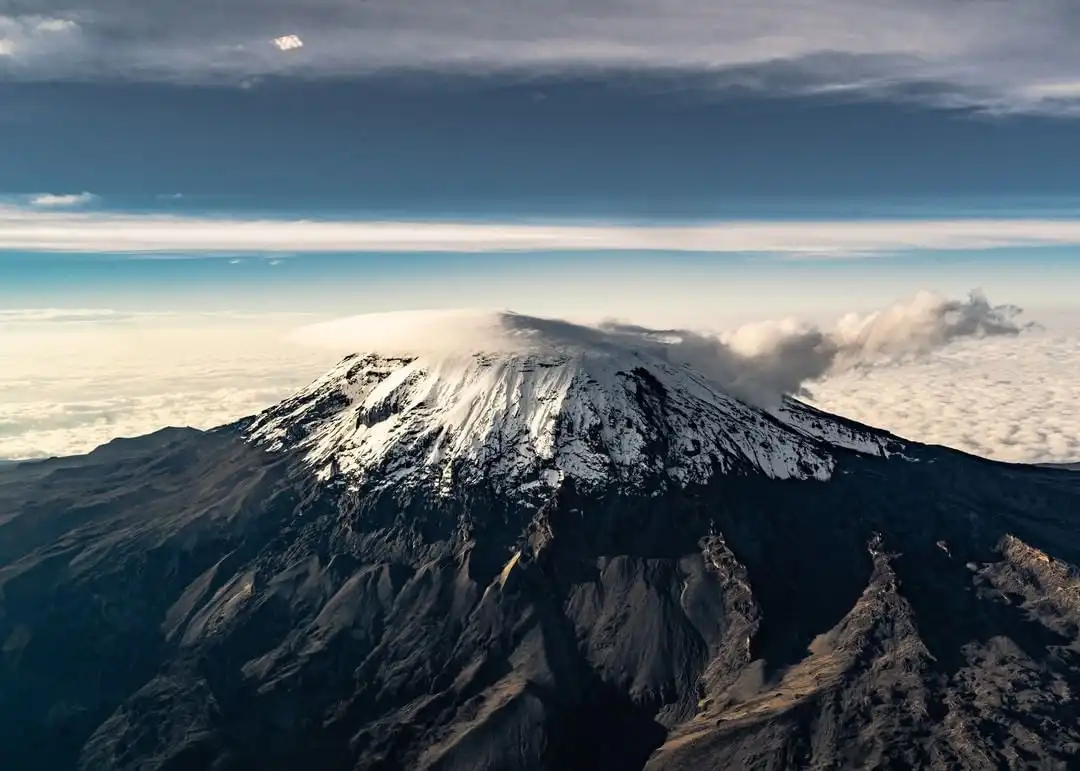
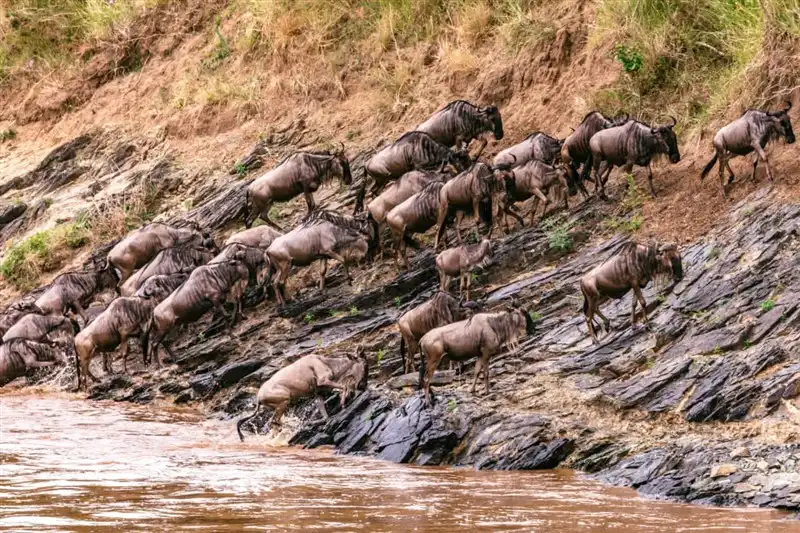 11 Dec
11 Dec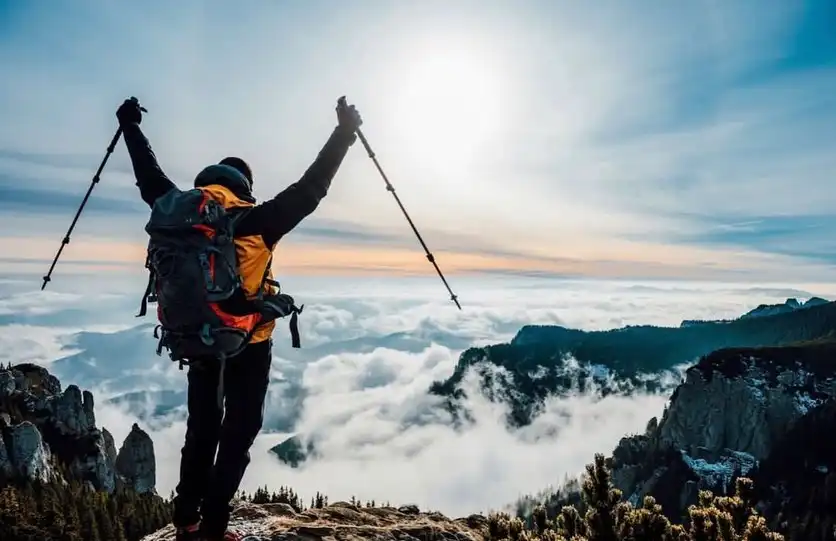 21 May
21 May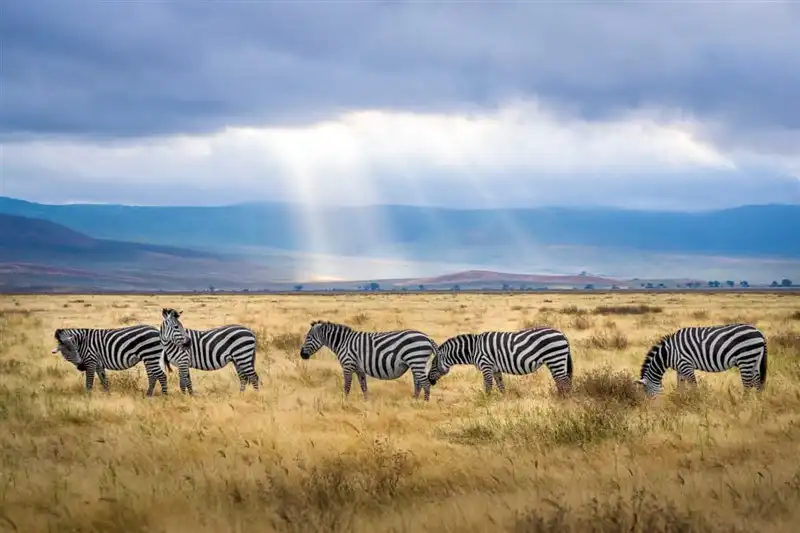 24 Feb
24 Feb